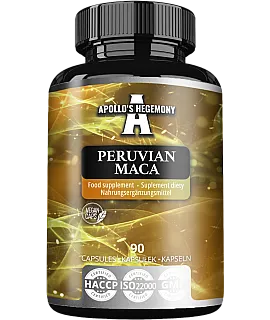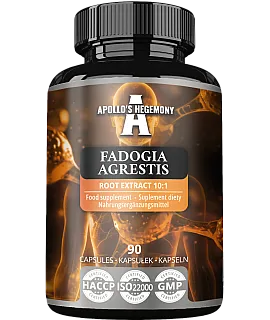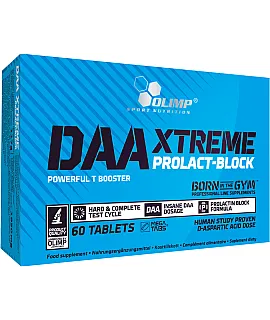Testosterone replacement therapy - what is worth knowing?
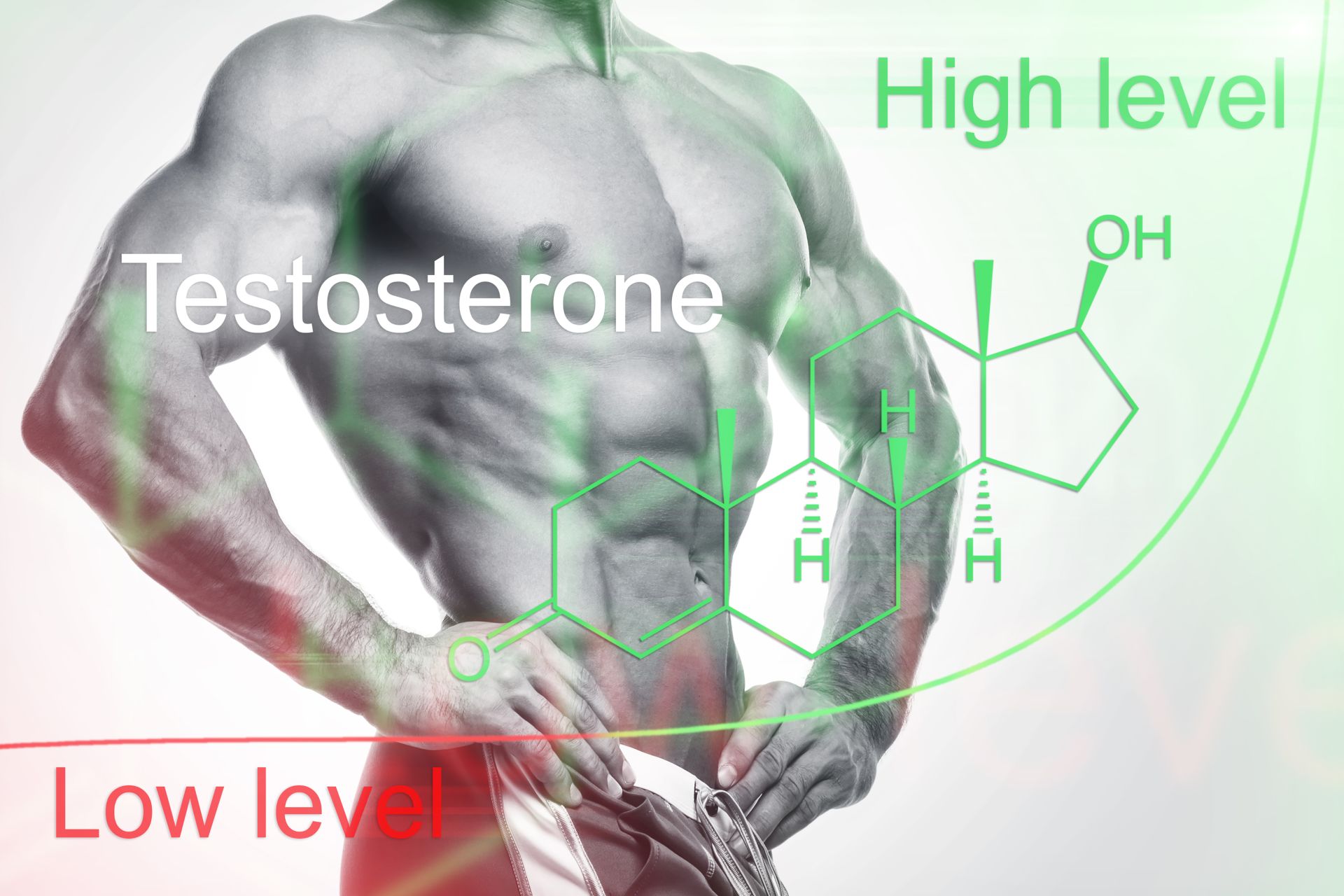
Controlling one's own hormones is a difficult art, but essential for a good and healthy life. A life full of vitality, not pain and fatigue. In certain situations, however, it is necessary to use pharmacological tools when the body does not have the ability to regulate itself. Testosterone therapy is one such tool that is restoring many men's enjoyment of life.
- What is testosterone hormone replacement therapy?
- Hypogonadism - when the body can't produce testosterone
- What before I opt for testosterone therapy?
- Review diet and lifestyle
- Pharmacological measures before including testosterone therapy
What is testosterone hormone replacement therapy?
Testosterone replacement therapy is a type of pharmacological treatment that involves supplementing testosterone from the outside when the body is unable to produce enough of it on its own. Testosterone can be administered by intramuscular or subcutaneous injections or transdermally.
This is not the same as administering testosterone through sportsdoping. Testosterone doping is used even by healthy people with normal testosterone levels to raise them several times above the physiological norm. Testosterone replacement therapy is used to bring testosterone levels up to the physiological norm, so the doses are noticeably lower than when doping. Doping testosterone use is usually done in cycles of several months, while testosterone replacement therapy is often a lifelong decision.
Hypogonadism - when the body can't produce testosterone
Wondering when testosterone therapy is used in men? The most common indication is hypogonadism. Hypogonadism in men refers to a disorder of the gonads (testicles) and insufficient production of steroids by them. Due to different substrates, hypogonadism is divided into:
- Primary hypogonadism - when the problem lies directly in testicular dysfunction. The testicular cells receive the correct signal from the brain to produce hormones, but for some reason are unable to maintain production at a satisfactory level.
- Secondary hypogonadism - when the testicular cells work properly and have the ability to work efficiently, but do not receive the correct signal from the brain. Here the dysfunction involves a feedback loop and insufficient production of signaling hormones by the hypothalamus and pituitary gland.
Although we mainly associate a decline in testosterone with old age, hypogonadism can occur at any age. Part of the reason for its development, especially the primary variant, is completely independent of age and aging.
What before I opt for testosterone therapy?
Turning on hormone replacement therapy is not an easy decision, because as if it were not, we become dependent on the drug and regular injections. While well-managed therapy is relatively safe and provides a huge amount of benefits, it places a lot of responsibility on the patient. For this reason, it is never the first choice treatment, and doctors introduce it as a last resort, first suggesting milder treatments.
Review diet and lifestyle
When testosterone is approaching the lower limit of normal, and there is no apparent reason for this, it is worth doing a solid review of your lifestyle and diet first.
- Is physical activity high enough?
- Is the caloric content of your diet too low?
- Is the quality of the foods consumed satisfactory?
- Are there no nutritional deficiencies?
- Are you sleeping well and getting enough sleep?
- Or is life filled with stress?
Depending on the type of localized problem, properly selected supplementation can often help. For example, deficiencies in vitamin D3, selenium or zinc can be reflected in weakened hormones, and supplements can be used to easily replenish them. Of the mineral supplements for raising testosterone, boron is also popular.
In cases of excess stress, which very often sabotages testosterone production (testosterone competes for raw materials with cortisol, the stress hormone), Adaptogens can be very helpful. Korean ginseng, for example, is an effective adaptogen, which, by the way, has a good effect on mood and libido, aspects associated with the effects of testosterone. Ashwagandha is also very effective in reducing stress, and is also used in large doses for low testosterone. And when sleep is a problem, consider supplementation with melatonin, l-theanine or glycine.
Pharmacological measures before including testosterone therapy
If you have low testosterone levels, but don't yet feel ready or eligible for testosterone replacement therapy, you can try milder methods first. Such an easy but quite effective method to raise androgens is often DHEA or pregnenolone supplementation. Both steroids in the body can eventually be converted to testosterone, and DHEA even by itself is a mild androgen. In cases of secondary hypogonadism, doctors sometimes first try stimulating signaling in the brain with SERMs (clomiphene, tamoxifen) or partially replacing it with the use of chorionic gonadotropin (hCG) injections.
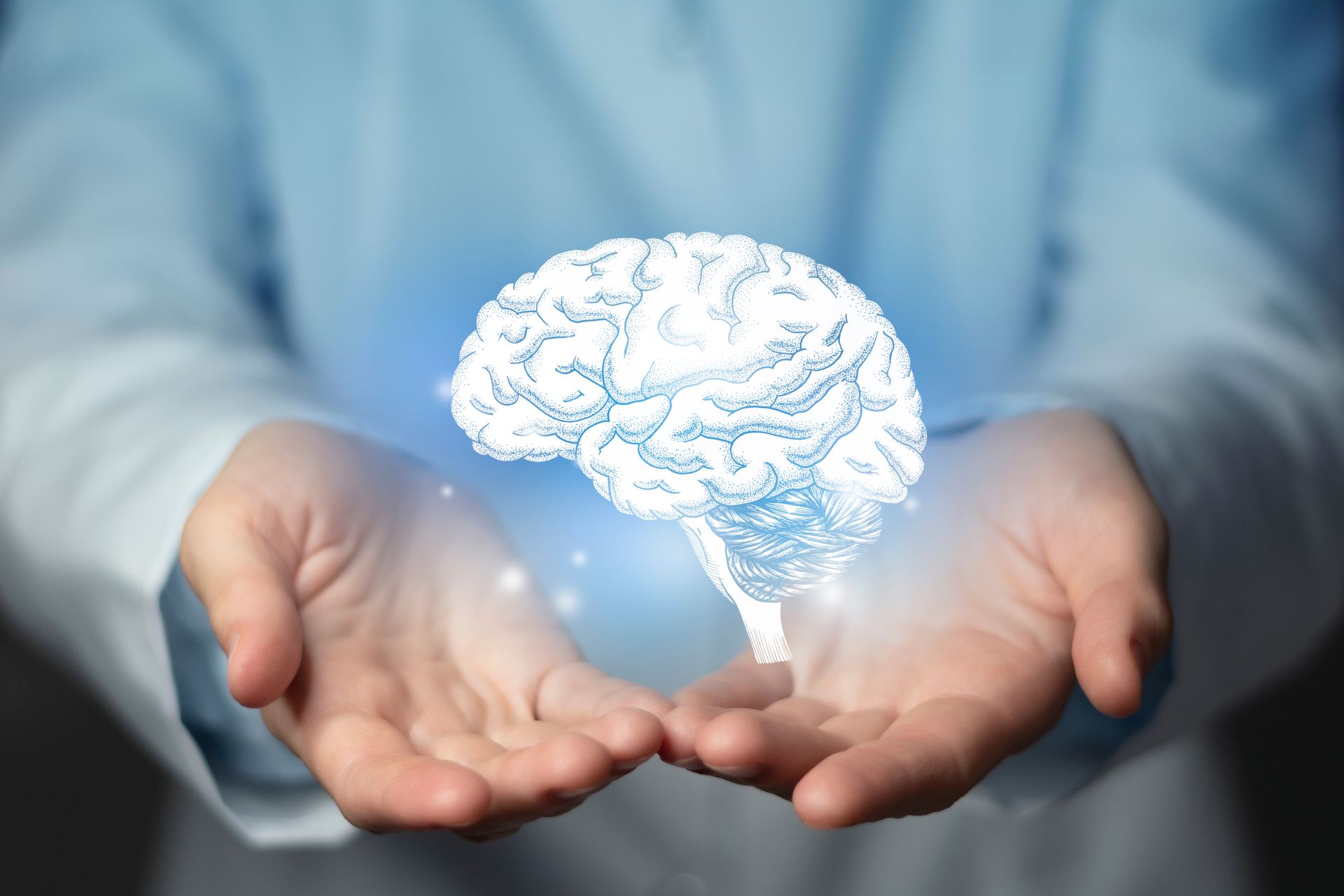 ⮜ Previous article
⮜ Previous article
Piracetam - a nootropic for brain health
 Next article ⮞
Next article ⮞
